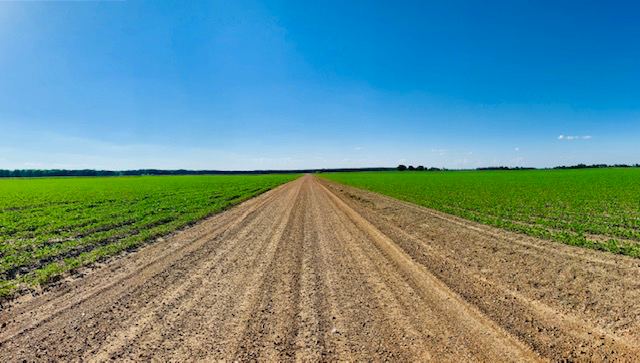
What is an asset/capacity-based needs assessment (ACBN)?
By Jessica Osborne, Elizabeth Sweeney and Hannah Loomis
What is an asset/capacity-based needs assessment?
An asset/capacity-based needs assessment (ACBN) is a logical, straightforward way to look at an organization’s assets, capacities, and needs, allowing evaluators and program practitioners to better understand the contexts within which they work.
This type of assessment has been around for a long time, and in the 1990s J.W. Altschuld developed his own model to try to identify assets, capacities, resources, and needs within an organization. The goal is to identify the gap between assets and needs, finding points of leverage to increase use of findings.
How did you start working with the ACBN model?
I got into working with these assessments during my PhD program, while I also worked as a staff member at a university student success center. In my job I provided a lot of academic support, saw a lot of academic programming being developed, and also saw that students are complex creatures that we don’t know a lot about. We would develop programs, and then we’d think, “Oh, well, we didn’t realize this, or we didn’t know this going in.” That sparked my interest in ACBN assessments.
My dissertation was the first ACBN I conducted, for graduate students at an R1 university in the southeast. I collected data representative of the majority of colleges represented (it’s a pretty big institution), and I used Altschuld’s model to try to identify assets, capacities, resources, and needs. Findings from this study resulted in real-world suggestions to improve the graduate student experience.
Why are ACBN assessments important in evaluation?
If the project is new or the context is unfamiliar to directors and evaluators, ACBN assessments are often the most logical first step. If you’re starting a new program, the first thing you want to know is, what are the assets, capacities, and participant needs? Answering these questions gives much more direct and useful implementation feedback to the programming staff, which will ultimately make their program more successful.
Do you have a favorite needs assessment you’ve conducted since you’ve been with CERE?
We did an asset/capacity-based needs assessment with the Grove Scholars at the University of Mississippi, and that was really cool. Grove Scholars is a program for incoming first year STEM or health students at the University of Mississippi. They receive a scholarship and have a summer bridge program; the overall program provides wraparound services all four years the student is engaged. The program helps the students get internships and study abroad. It’s very holistic and extensive.
We built a lot of student psychosocial factors into that needs assessment, such as understanding student self-efficacy, motivation, and sense of belonging. That, and looking at assets and resources versus student needs within those constructs, made the project very interesting.
What else is important for us to know about asset/capacity-based needs assessments?
These assessments are pretty easy to implement, and I believe it’s really important to do them routinely. The people who put together the programs we evaluate really care about what they’re doing. They want to be successful; they want to make a difference.
To increase the likelihood of that happening, they’re best off spending a little bit of money and time on the front end to fully evidence the organization’s assets, capacities, needs, and contexts. Then with a very intentional strategic effort, the organization can allocate resources wherever the current data shows it is likely to have a positive impact. It’s a proactive approach.
Cover photo from Unsplash



